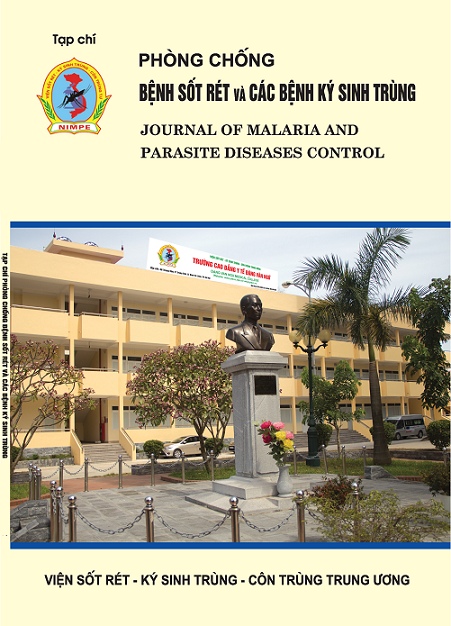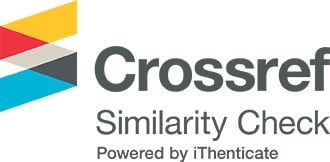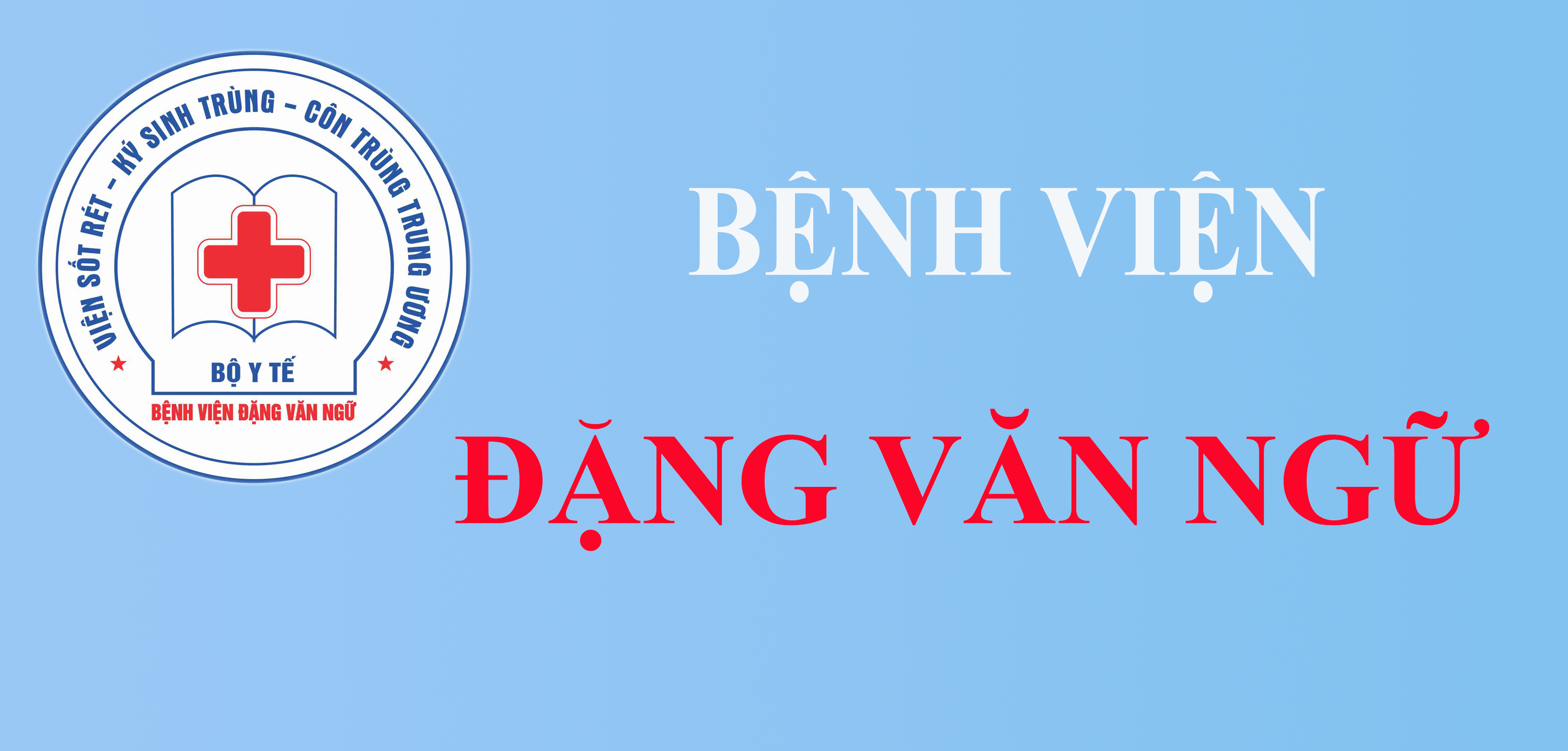DETERMINING THE PATHOGENS OF NEONATAL SEPSIS AT THE NATIONAL CHILDREN'S HOSPITAL (2019 – 2021)
DOI:
https://doi.org/10.59253/tcpcsr.v126i6.101Tóm tắt
Sepsis is a life-threatening condition responding to an infectious agent causes
damage to tissues and organs. Sepsis causes serious consequences in neonates due to
highrates of mortality and sequelae and disability. Currently, the treatment of
neonatal sepsis is still facing many difficulties due to late diagnosis, inappropriate
antibiotic selection for the pathogen model. The mortality rate of the disease is still
high. Determining the pathogens of neonatal sepsis at the National Children's
Hospital (2019 – 2021). A descriptive study was conducted on 85 positive blood
culture samples of full-term infants admitted to the Neonatal Center of Vietnam
National Children’s Hospital in the period from 12/2019 to 4/2021.
Gram-negative bacteria accounted for the highest percentage 51%, Grampositive bacteria accounted for 38.8%, Candida accounted for 9.4%. S. aureus is the
common cause of disease (28.2%), E. coli and K. pneumonia account for a high
proportion (16.5%). Antibiotics with high sensitivity are vancomycin, aztreonam,
moxiflocaxin, ertapenem, levofloxacin, meronem.








